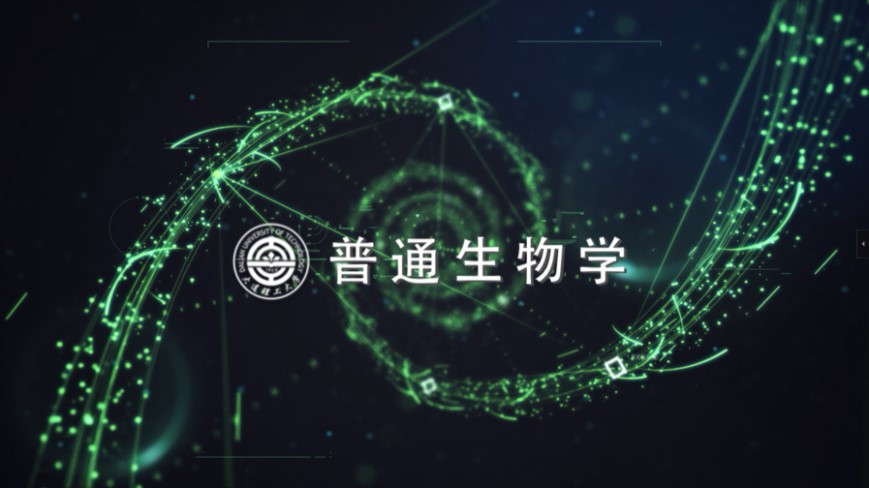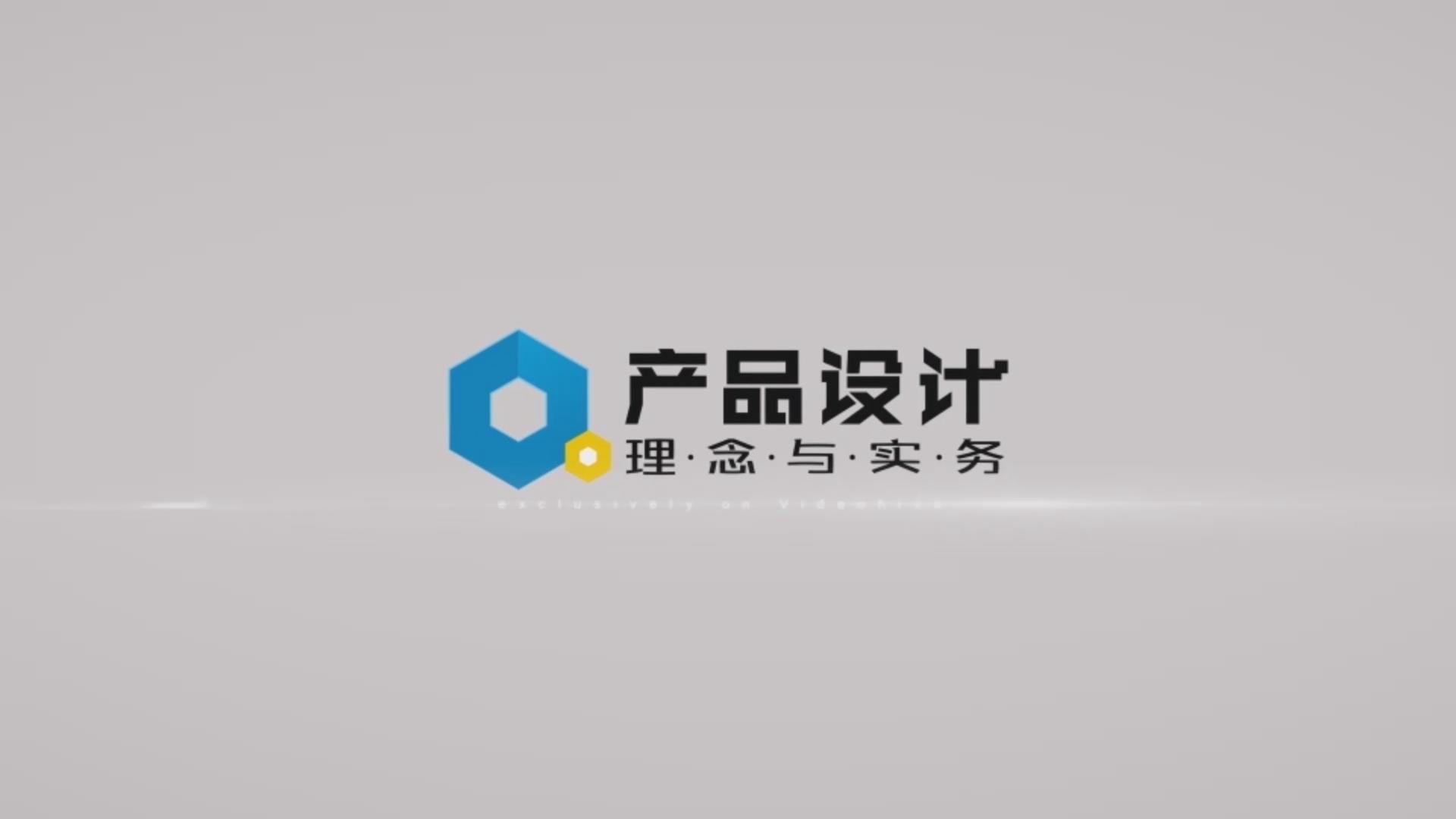
当前课程知识点:Introduction to E-Commerce > Chapter 2 Framework and Model of Electronic Commerce > 2.3 B2C E-commerce Model > 2.3.3 Discussion
返回《Introduction to E-Commerce》慕课在线视频课程列表
"Three Major Strategies" of JD. Com
As a large-scale B2C e-commerce company in China, JD.com sells 3C products, home furnishings, clothing, online travel in 12 categories with tens of thousands of brands and millions of high-quality products on the Internet. The number of JD’s annual active users achieved substantial increase from less than 50 million to 292.5 million from 2014 to 2017. However, by 2018, JD.com began to show weakness in user growth. In addition, JD.com was also quite embarrassed in market position since it competed with top-ranked Alibaba and struggled to remain its position faced with the market rookie Pinduoduo. Against the backdrop of the increasingly fierce e-commerce market, JD.com proposed the layout of "three major strategies" in 2019, namely, the penetration of low-tier markets, the upgrading of data and digitization, and the technical breakthroughs. Among them, the penetration of low-line markets was regarded as the critical goal.
1. The Penetration of Low-tier Markets
In August 2019, JD.com announced that it would invest 1 billion yuan in Xin Chao Media. Xin Chao Media covers 200 million offline households in the second and third tiers. JD.com and Xin Chao Media will resort to big data, AIoT and other technologies to refine the granularity of offline advertising, achieve precise matching of "people, goods, field and time" in offline advertising, further enhance the effect of offline advertising, and continuously optimize and empower cooperative brands and business ecology.
2. The Upgrading of Data and Digitization
JD.com has elevated its digitization in terms of supply chain and organizational structure. On the one hand, JD.com is committed to building a digital supply chain, which enables partners to accumulate their core advantages in supply chain, logistics, technology, finance and services. Moreover, it helps merchants to realize the optimal allocation of resources, thereby upgrading operational efficiency. On the other hand, JD.com strengthens the digital construction of its internal organizational structure, opens retail assistants in offline stores, and improves service level for consumers through big data and digitization.
3. The technical breakthroughs
In 2015, JD.com separated the technical section from the business department and divided it into two teams: R&D of core technology and application technology. The two teams are directly subordinate to the CTO system. Judging from the current technological output, JD.com have achieved initial success in these inputs. In March 2019, JD.com newly developed ISRM-an intelligent platform for procurement management, which promoted the average procurement efficiency of business customers by more than 50%. Currently, it is utilized by 80% of the world’s top 500 companies in China.
Data Source: http://www.ebrun.com/20190920/351650.shtml with deletion and arrangement
Questions:
1. How does JD.com realize the technological upgrade of B2C business?
2. What are the impacts of "three major strategies" of JD.com on B2C business?
返回《Introduction to E-Commerce》慕课在线视频列表
-1.1 Concept of E-commerce
--1.1.4 Homework
-1.2 E-commerce and Traditional Commerce
--1.2.1 E-commerce and Traditional Commerce
--1.2.4 Homework
-1.3 Emergence and Development of E-commerce
--1.3.1 Emergence and Development of E-commerce
--1.3.4 Homework
-Unit1 Test
--Test
-2.1 Framework of E-commerce
--2.1.1 Framework of E-commerce
--2.1.4 Homework
-2.2 B2B E-commerce Model
--2.2.4 Homework
-2.3 B2C E-commerce Model
--2.3.4 Homework
-2.4 C2C E-commerce Model
--2.4.4 Homework
-2.5 Innovation of E-commerce Models
--2.5.1 Innovation of E-commerce Models
--2.5.4 Homework
-Unit 2 Test
--Test
-3.1 Overview of E-commerce Security
--3.1.1 Overview of E-commerce Security
--3.1.4 Homework
-3.2 Network Security(1)
--3.2.4 Homework
-3.3 Network Security(2)
--3.3.4 Homework
-3.4 Transaction Security(1)
--3.4.1 Transaction Security(1)
--3.4.4 Homework
-3.5 Transaction Security(2)
--3.5.1 Transaction Security(2)
--3.5.4 Homework
-3.6 E-commerce Security Protocol
--3.6.1 E-commerce Security Protocol
--3.6.4 Homework
-Unit 3 Test
--Test
-4.1 Overview of Internet Marketing
--4.1.1 Overview of Internet Marketing
--4.1.4 Homework
-4.2 Internet Marketing Methods(1)
--4.2.1 Internet Marketing Methods(1)
--4.2.4 Homework
-4.3 Internet Marketing Methods(2)
--4.3.1 Internet Marketing Methods(2)
--4.3.4 Homework
-4.4 Internet Marketing Strategy(1)
--4.4.1 Internet Marketing Strategy(1)
--4.4.4 Homework
-4.5 Internet Marketing Strategy(2)
--4.5.1 Internet Marketing Strategy(2)
--4.5.4 Homework
-Unit 4 Test
--Test
-5.1 E-payment
--5.1.4 Homework
-5.2 E-money
--5.2.4 Homework
-5.3 Third party payment
--5.3.4 Homework
-5.4 E-payment System and Online Banking
--5.4.1 E-payment System and Online Banking
--5.4.4 Homework
-Unit 5 Test
--Test
-6.1 Overview of Logistics
--6.1.4 Homework
-6.2 Overview of E-commerce Logistics
--6.2.1 Overview of E-commerce Logistics
--6.2.4 Homework
-6.3 E-commerce Distribution
--6.3.1 E-commerce Distribution
--6.3.4 Homework
-6.4 Automatic Identification Technology
--6.4.1 Automatic Identification Technology
--6.4.4 Homework
-6.5 Intelligent Logistics
--6.5.4 Homework
-Unit 6 Test
--Test
-7.1 Overview of Supply Chain Management
--7.1.1 Overview of Supply Chain Management
--7.1.4 Homework
-7.2 Supply Chain Management Strategy
--7.2.1 Supply Chain Management Strategy
--7.2.4 Homework
-7.3 The Development Trend of SCM
--7.3.1 The Development Trend of SCM
--7.3.4 Homework
-Unit 7 Test
--Test
-8.1 Overview of Mobile Commerce
--8.1.1 Overview of Mobile Commerce
--8.1.4 Homework
-8.2 Related Technologies of Mobile Commerce
--8.2.1 Related Technologies of Mobile Commerce
--8.2.4 Homework
-8.3 Applications/Uses of M-commerce
--8.3.1 Applications/Uses of M-commerce
--8.3.4 Homework
-Unit 8 Test
--Test
-9.1 Overview of the Legal Environment of E-commerce
--9.1.1 Overview of the Legal Environment of E-commerce
--9.1.4 Homework
-9.2 Legal Regulations for E-commerce Transactions
--9.2.1 Legal Regulations for E-commerce Transactions
--9.2.4 Homework
-Unit 9 Test
--Test
-10.1 E-commerce Development Trend
-10.4 Homework
-Unit 10 Test



